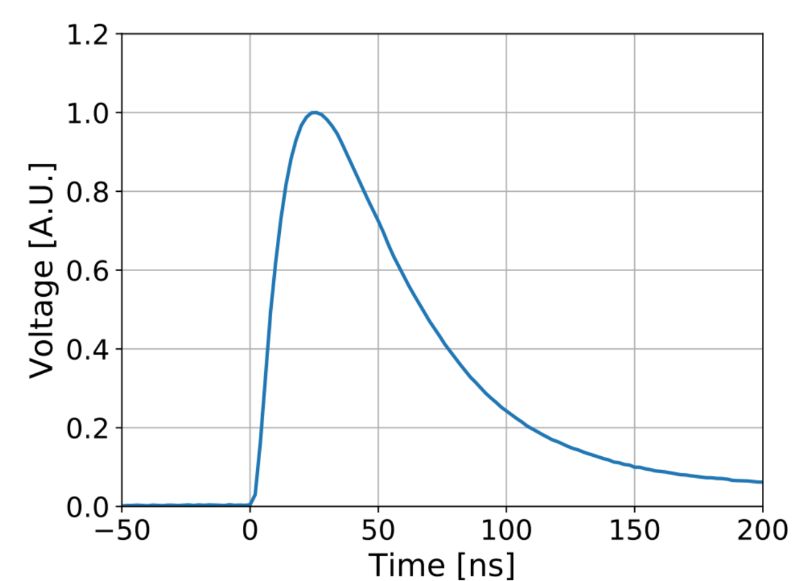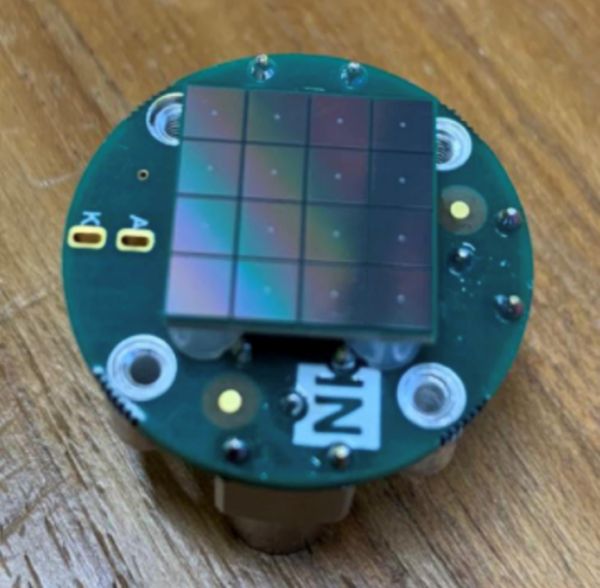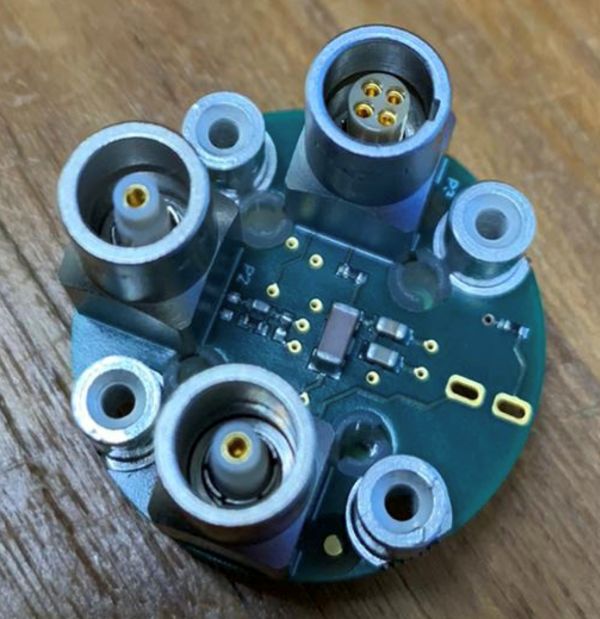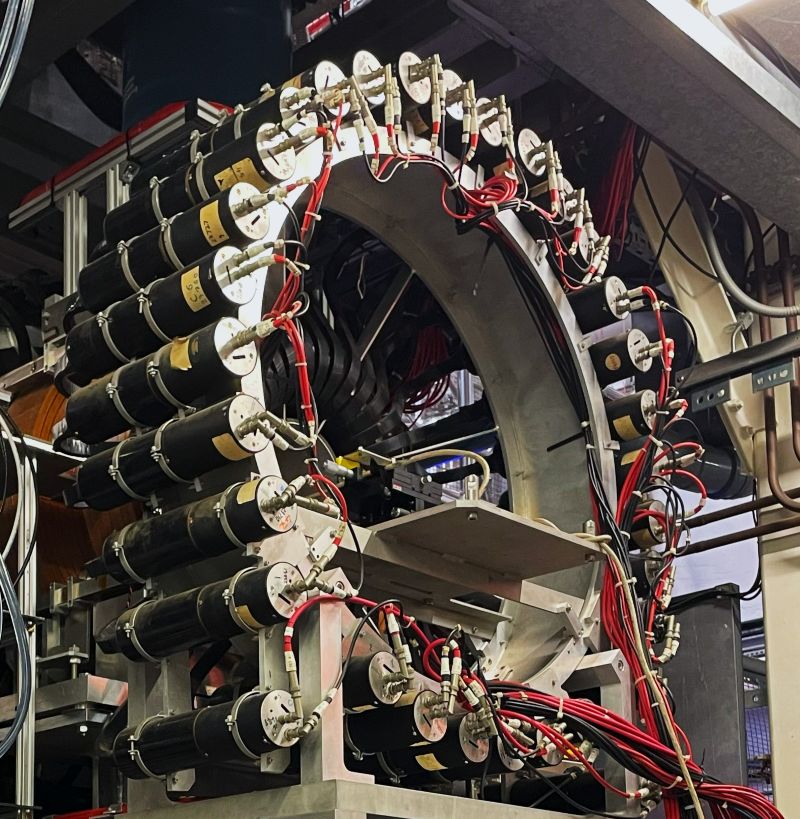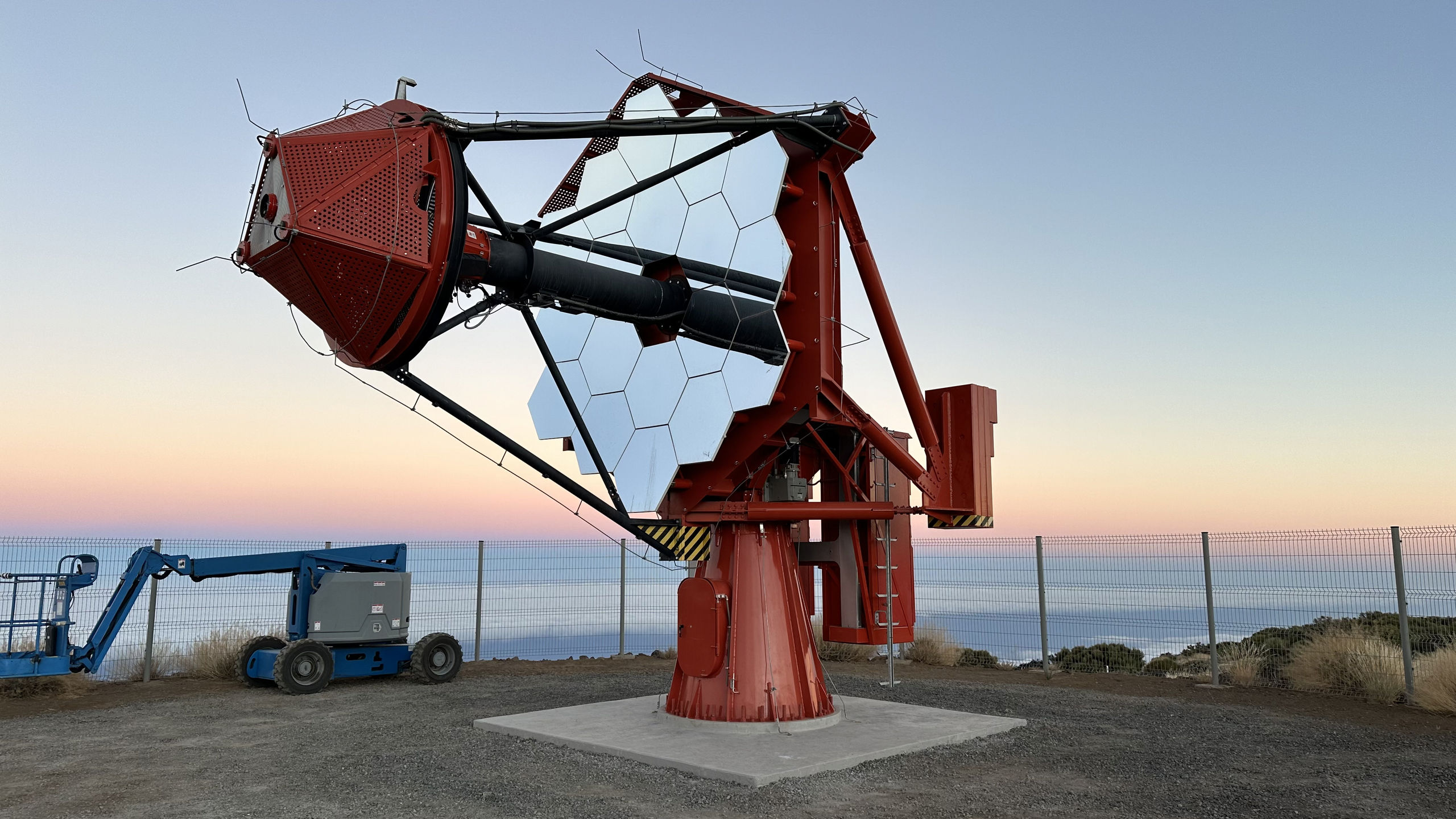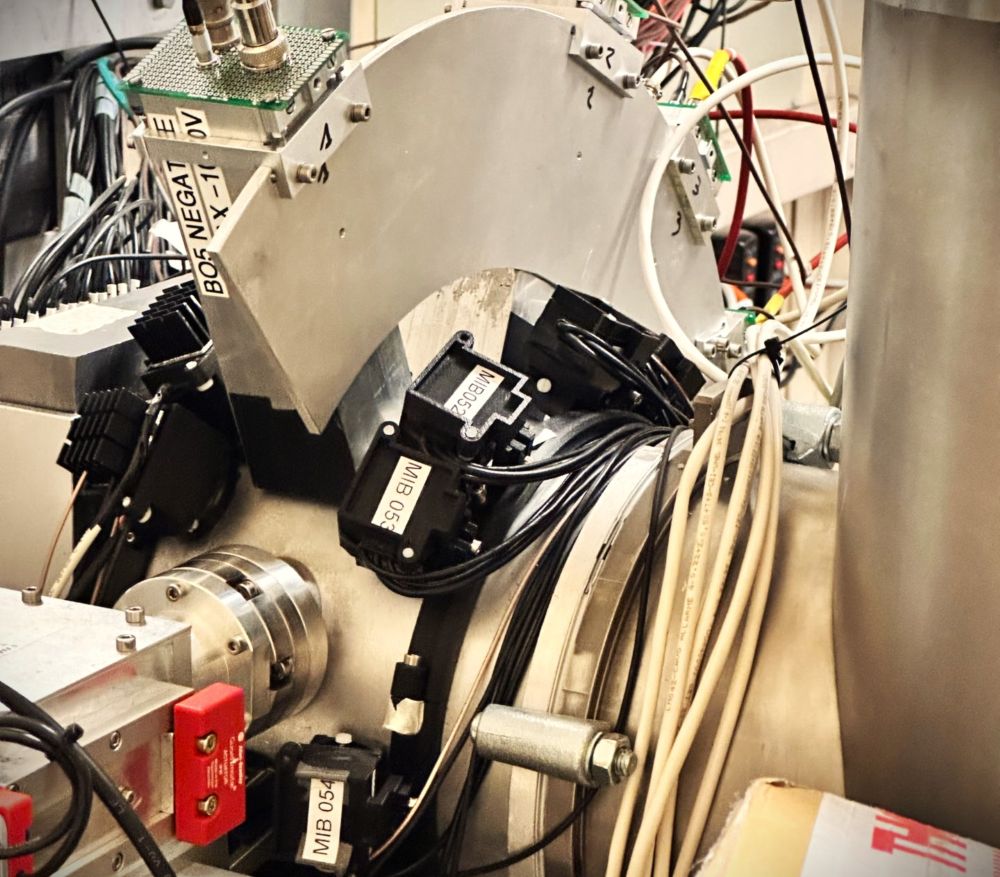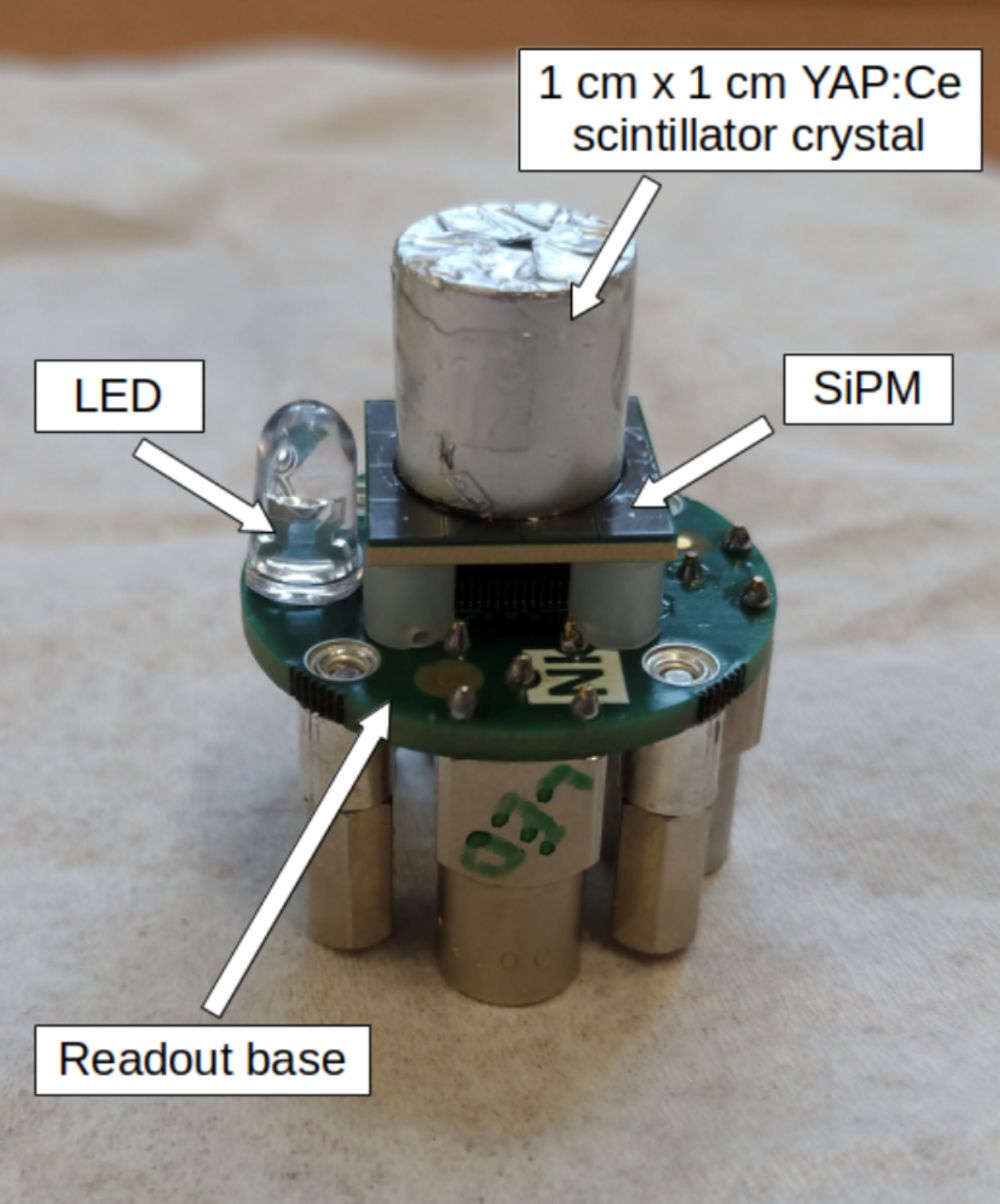
About the Project
In collaboration with the Department of Physics at the University of Milano-Bicocca and the Institute for Plasma Science and Technology (CNR), Nuclear Instruments developed the electronics for a compact spectrometer optimized for the detection of hard X-rays generated by runaway electrons. Designed for integration with the Gamma-Ray Imager diagnostic on the DIII-D tokamak, the spectrometer features a high dynamic range (above 10 MeV), fast timing (≈70 ns FWHM), and real-time gain monitoring via an embedded LED. Stable performance under high counting rates (>1 MCps) makes this instrument well-suited for advanced plasma diagnostics.
-
Date
July 2019

Nuclear Instruments

Universita degli studi di Milano Bicocca

INFN - Istituto Nazionale di Fisica Nucleare

CNR - Consiglio Nazionale delle Ricerche
Compact Hard X-Ray Spectrometer for Runaway Electrons
Understanding runaway electron dynamics in fusion devices requires fast and reliable diagnostics capable of resolving high-energy radiation. In this context, Nuclear Instruments, in collaboration with the University of Milano-Bicocca and CNR-ISTP, has developed the electronic system for a compact spectrometer optimized for the measurement of hard X-rays (HXR) emitted by runaway electrons in tokamaks.
The spectrometer is designed to be installed within the fan-shaped collimator of the Gamma-Ray Imager on the DIII-D tokamak (San Diego, USA). The detection system is based on a 1×1 cm² cerium-doped yttrium aluminium perovskite (YAP:Ce) scintillator crystal coupled to a silicon photomultiplier (SiPM). This combination offers a wide energy dynamic range and fast response, making it ideal for high-rate environments such as those encountered in fusion plasmas.
Key Performance Highlights
- Energy range: from 100 keV to beyond 10 MeV
- Energy resolution: ~10% at 661.7 keV
- Timing: ≈70 ns full width at half maximum (FWHM)
- Counting rate capability: >1 million counts per second (MCps)
- Real-time gain monitoring: via embedded LED system
The spectrometer demonstrates excellent gain stability under high-rate conditions. During dedicated tests, it showed a gain shift of less than 3.5% under a 5 MHz load, marking a clear improvement over previous prototype versions.
Energy Linearity and Correction
While the spectrometer exhibits non-linear response at higher energies (≈30% deviation at 10 MeV and ≈50% at 21 MeV), the behavior is well-characterized. This allows for accurate offline correction of measured spectra, maintaining the integrity of the data even at the upper end of the dynamic range.
Thanks to its fast response, wide dynamic range, and robustness at high rates, the detector is a powerful tool for runaway electron bremsstrahlung measurements in fusion research. It provides an essential contribution to the development of diagnostics for plasma-facing technologies and confinement optimization in next-generation devices.
